GPCR/G protein

All GPCRs share a common seven trans-membrane structure. GPCRs are associated with heterotrimeric G-proteins which are GTP-binding proteins made of alpha, beta, and gamma subunits. When a ligand binds to GPCR, it activates the attached G-protein, the GDP is replaced with GTP. The activated G-protein then dissociates into an alpha and a beta-gamma complex which activates downstream signaling pathways. These intracellular signaling pathways include cAMP/PKA, calcium/NFAT, phospholipase C, protein tyrosine kinases, MAP kinases, PI-3-kinase, nitric oxide/cGMP, Rho, and JAK/STAT.
GPCRs are one of the most important therapeutic targets for various diseases, over 30% of all modern medicinal drugs target this family. Aberrant GPCR functions are involved in pathological conditions such as neurological, immunological and hormonal disorders. A large number of GPCRs have been identified, but whose ligands are not known, are classified as orphan receptors.
-
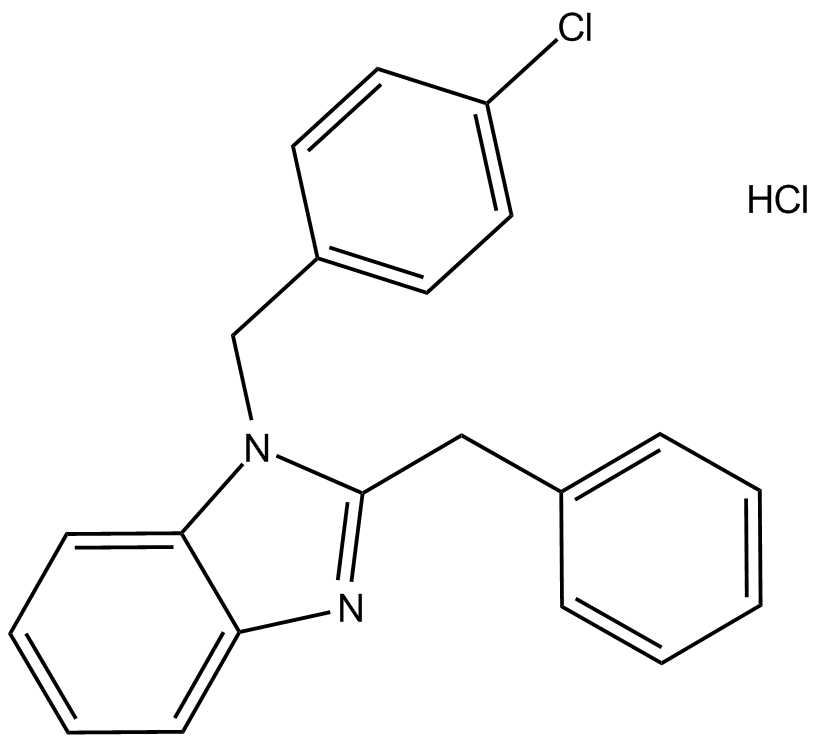 B5705 Q94 hydrochlorideTarget: PAR receptorSummary: PAR1 negative allosteric modulator
B5705 Q94 hydrochlorideTarget: PAR receptorSummary: PAR1 negative allosteric modulator -
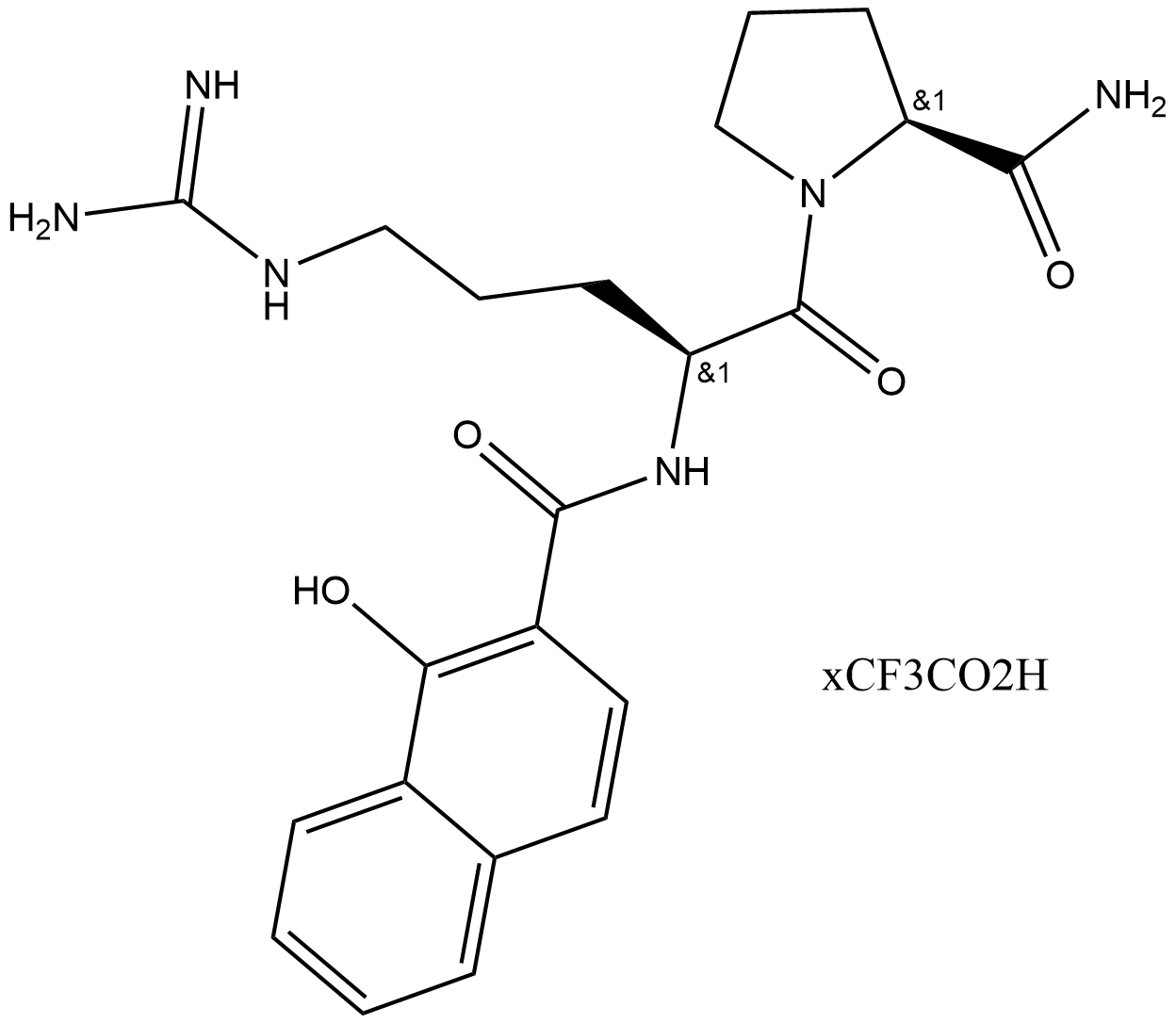 B7087 APC 366 (trifluoroacetate salt)Summary: mast cell tryptase inhibitor,selective and competitive
B7087 APC 366 (trifluoroacetate salt)Summary: mast cell tryptase inhibitor,selective and competitive -
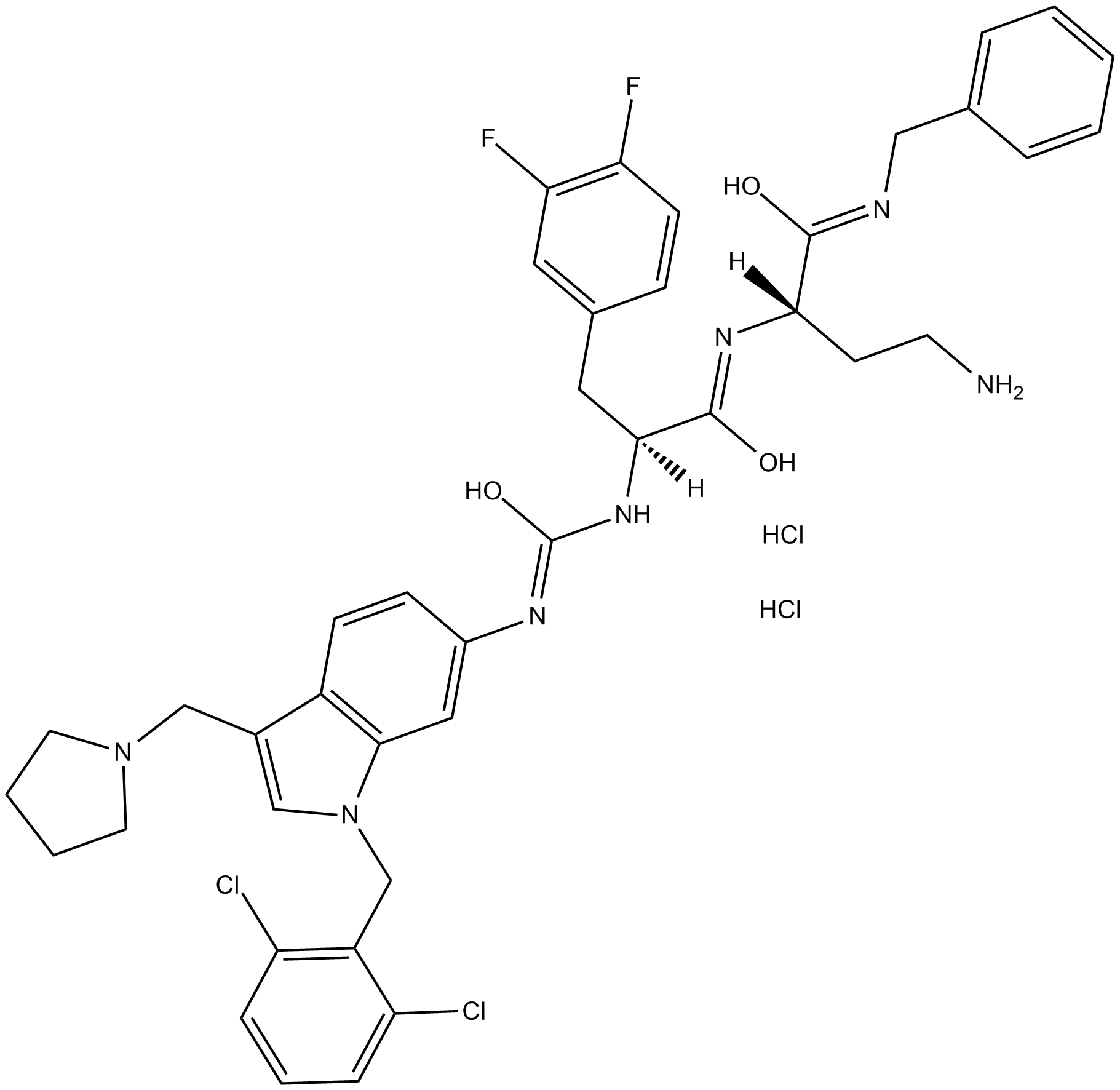 B7129 RWJ 56110Summary: protease-activated receptor-1 (PAR1) antagonist
B7129 RWJ 56110Summary: protease-activated receptor-1 (PAR1) antagonist -
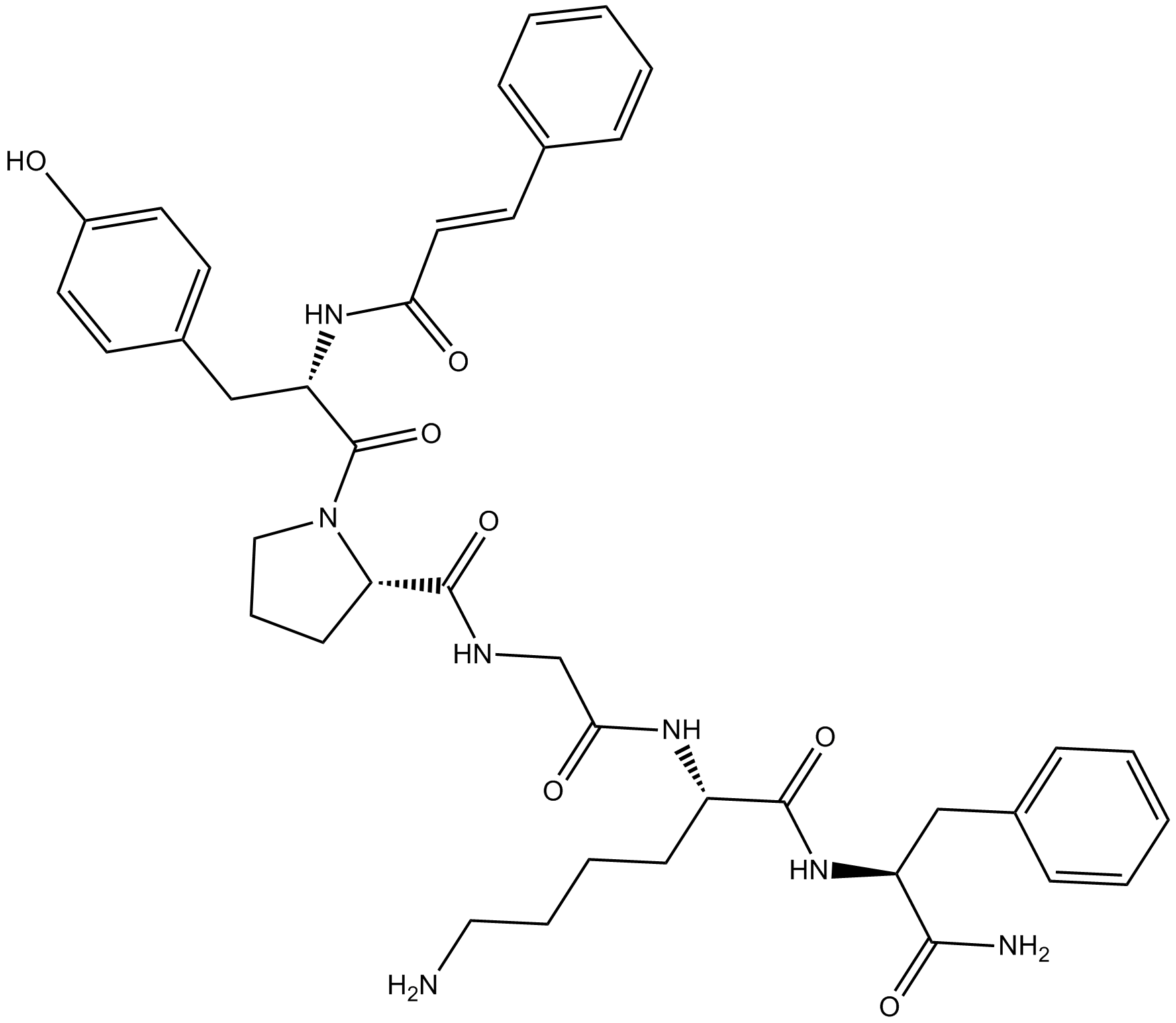 B5123 tcY-NH2Summary: Selective PAR4 antagonist peptide
B5123 tcY-NH2Summary: Selective PAR4 antagonist peptide -
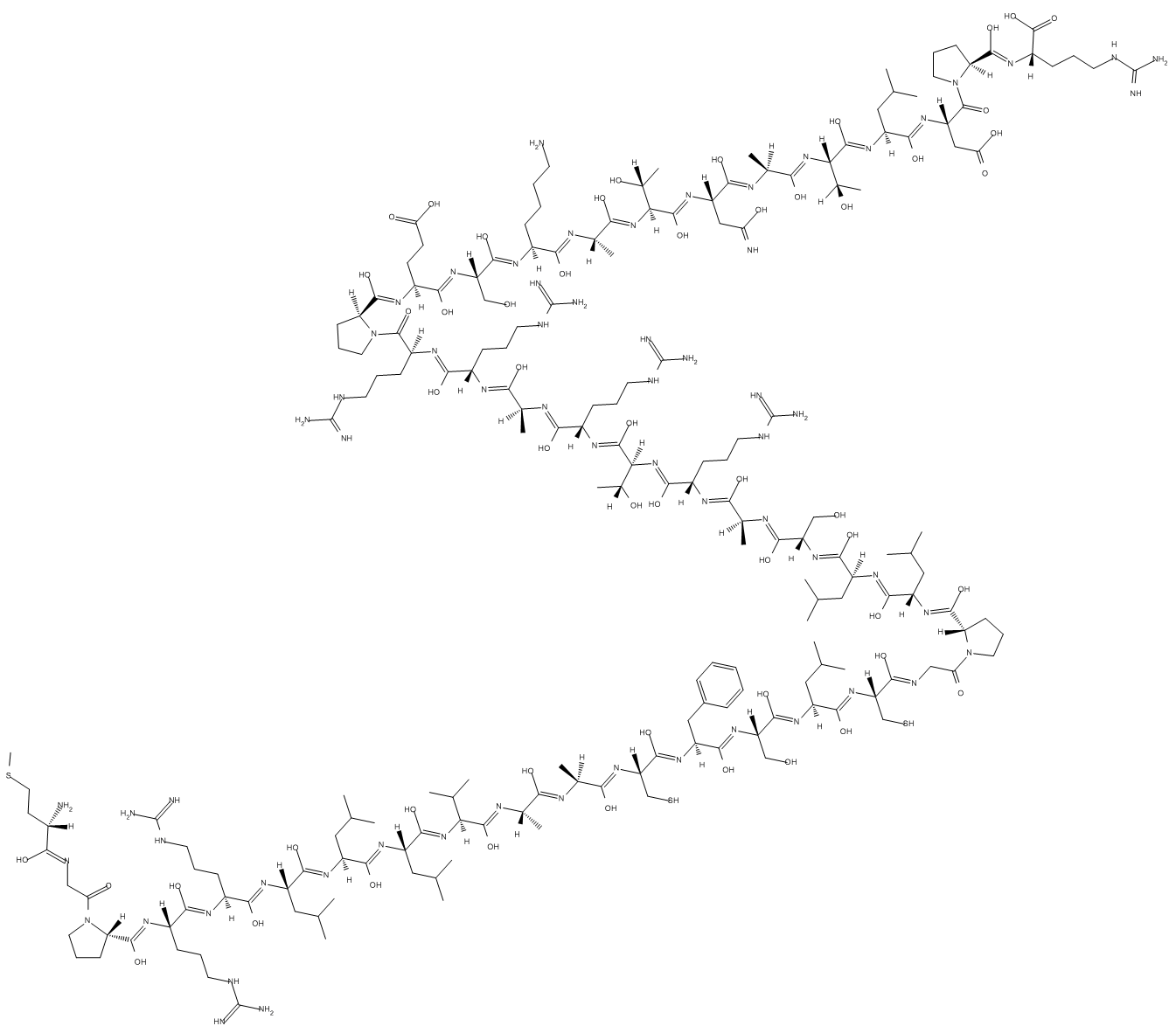 B5450 Parstatin (human)Summary: Cell-permeable peptide that inhibits angiogenesis and exhibits cardioprotective activity
B5450 Parstatin (human)Summary: Cell-permeable peptide that inhibits angiogenesis and exhibits cardioprotective activity -
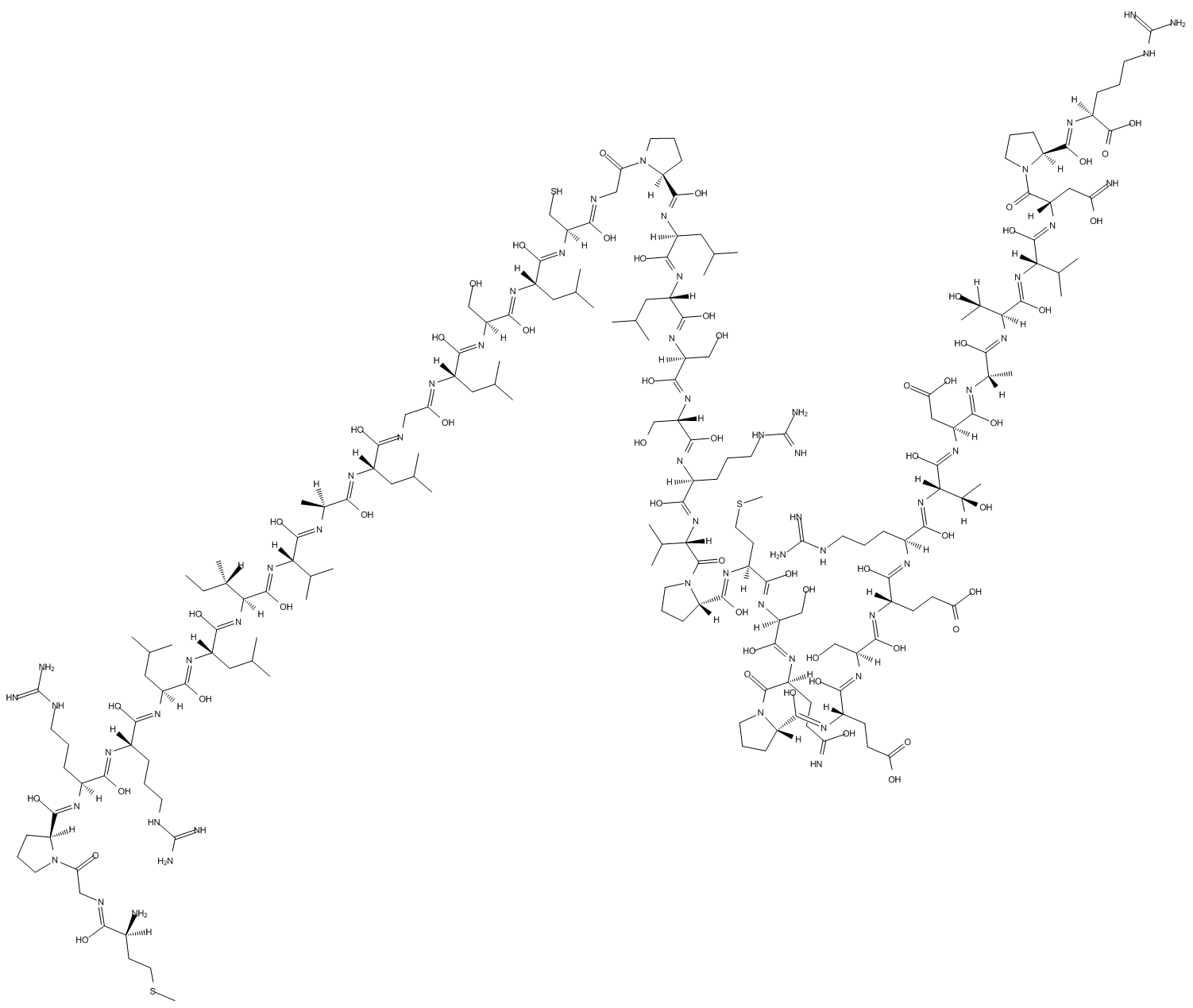 B5451 Parstatin (mouse)Summary: Cell-permeable peptide that inhibits angiogenesis and exhibits cardioprotective activity
B5451 Parstatin (mouse)Summary: Cell-permeable peptide that inhibits angiogenesis and exhibits cardioprotective activity -
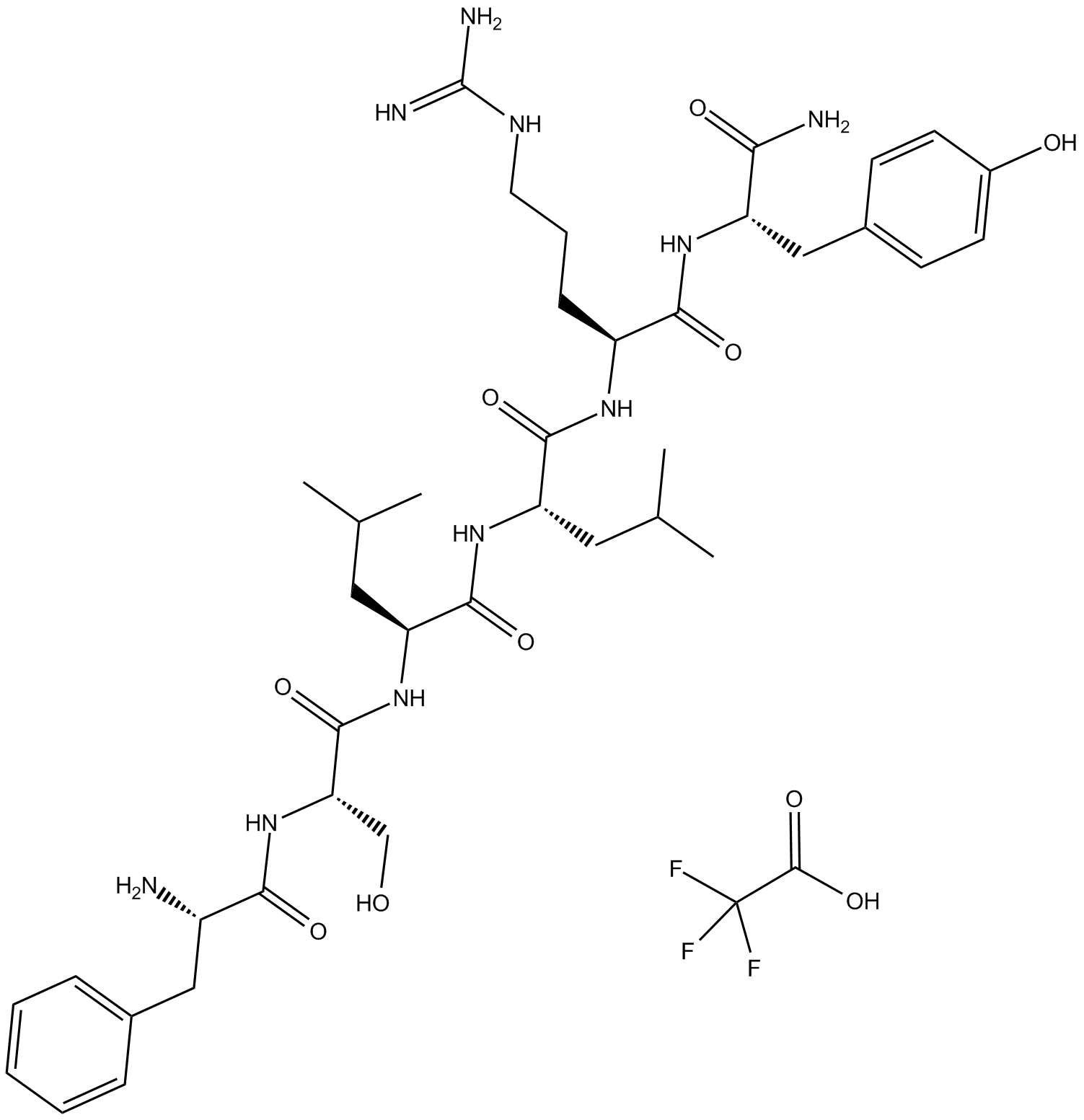 B5703 FSLLRY-NH2 TFASummary: PAR2 peptide antagonist
B5703 FSLLRY-NH2 TFASummary: PAR2 peptide antagonist -
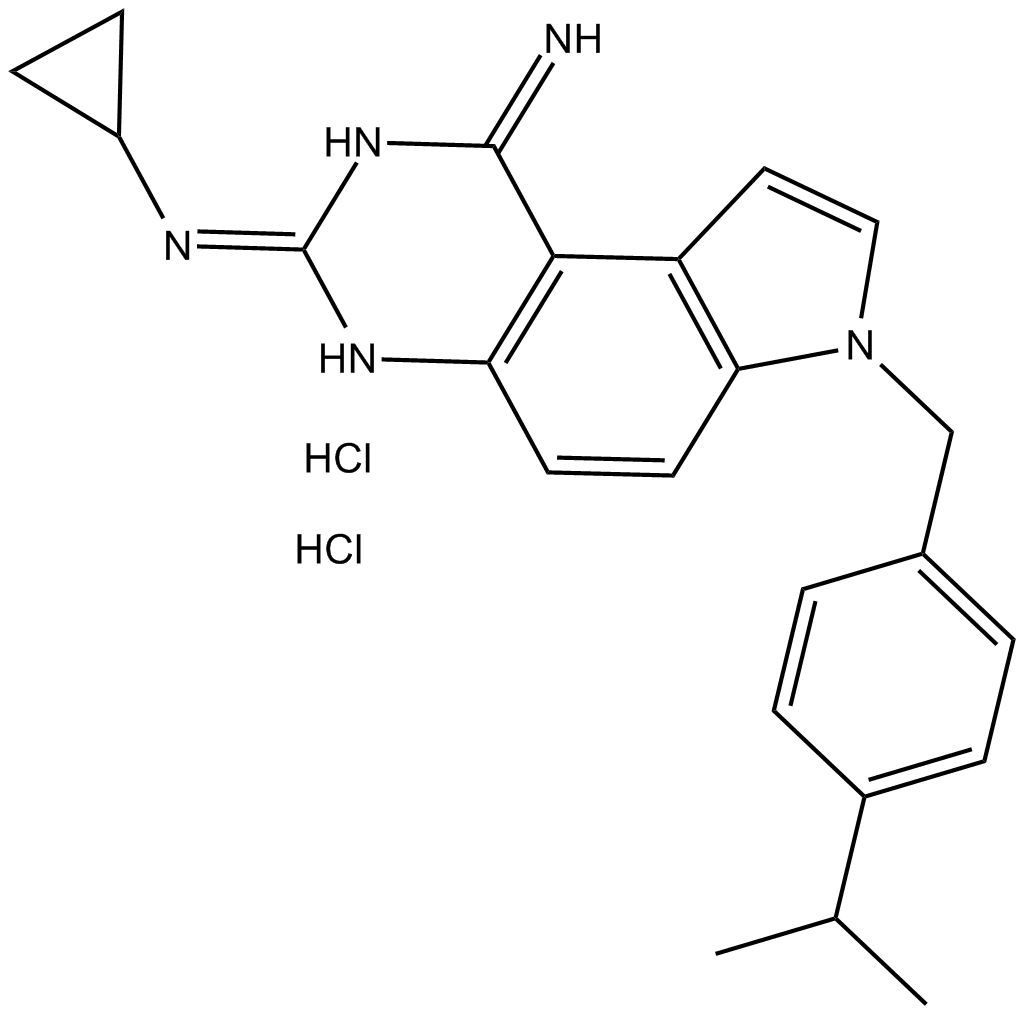 B6801 SCH 79797 dihydrochlorideTarget: PARsSummary: PAR1 receptor antagonist
B6801 SCH 79797 dihydrochlorideTarget: PARsSummary: PAR1 receptor antagonist -
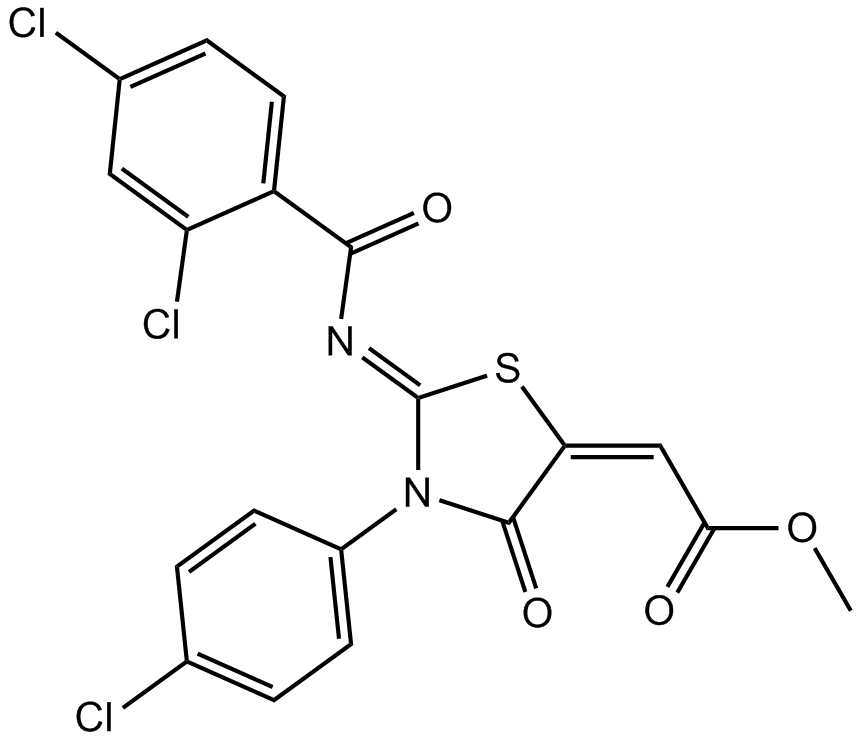 B7453 FR 171113Summary: Protease-activated receptor 1 (PAR1) antagonist
B7453 FR 171113Summary: Protease-activated receptor 1 (PAR1) antagonist

